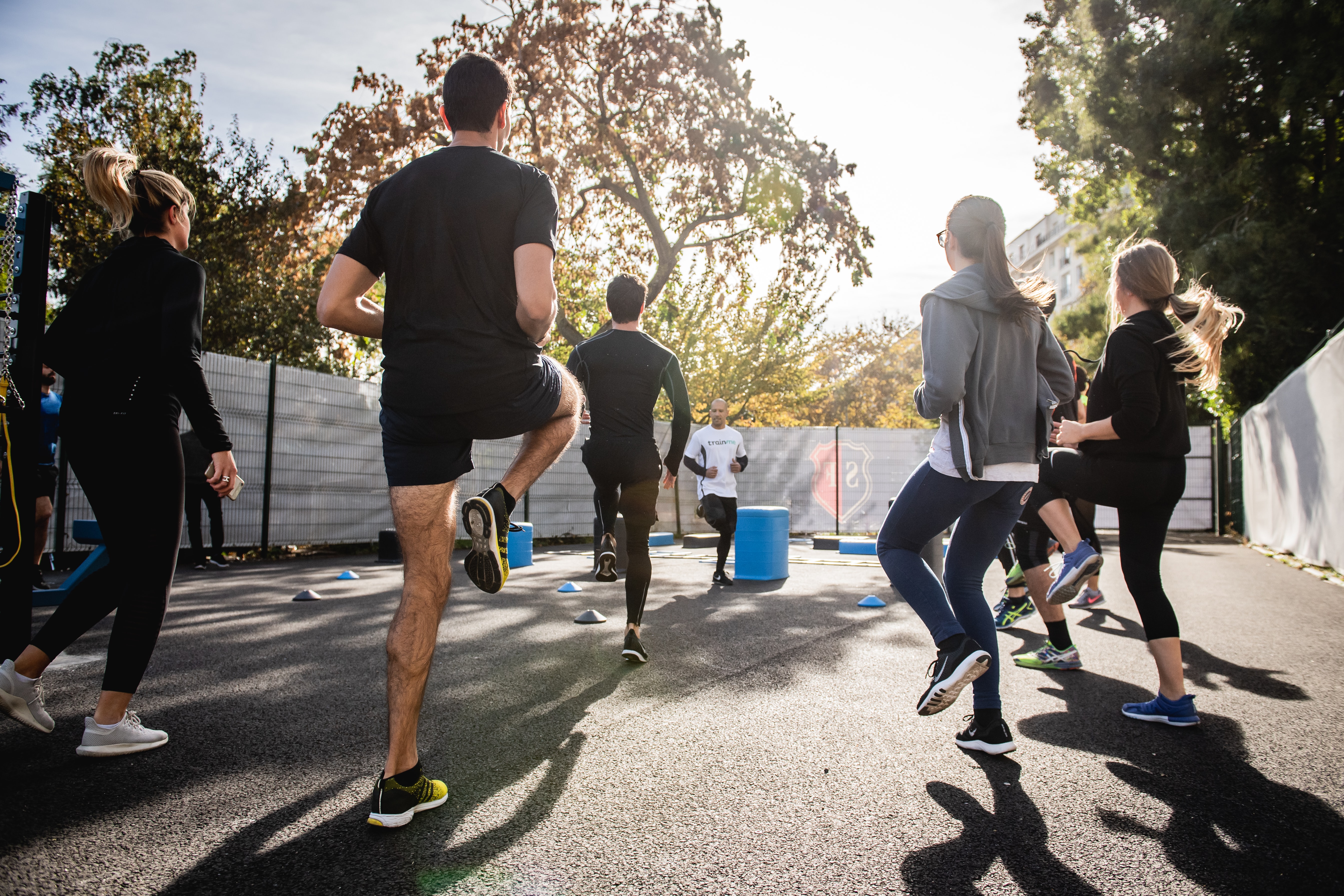Media release
From:
Any regular physical activity at any age linked to better brain function in later life
But maintaining exercise routine throughout adulthood best for preserving mental acuity + memory
Any regular leisure time physical activity at any age is linked to better brain function in later life, but maintaining an exercise routine throughout adulthood seems to be best for preserving mental acuity and memory, suggests a long term study published online in the Journal of Neurology Neurosurgery & Psychiatry.
Even though factoring in childhood cognitive ability, household income, and education weakened the observed associations, the findings remained statistically significant.
Physical activity is modestly associated with a lower risks of dementia, cognitive decline, and loss of later life mental acuity. But it’s not known whether the timing, frequency, or maintenance of leisure time physical activity across the life course might be key to later life cognitive abilities.
The researchers were particularly keen to know if physical activity might be most beneficial in specific ‘sensitive’ periods across the life course, or across multiple time periods.
To try and find out, they looked at the strength of associations between a range of cognitive tests at age 69 and reported leisure time physical activity at the ages of 36, 43, 53, 60-64, and 69 in 1417 people (53% women) taking part in the 1946 British birth cohort study.
Physical activity levels were categorised as: inactive; moderately active (1–4 times/month); most active (5 or more times/month), and summed across all 5 assessments to create a total score ranging from 0 (inactive at all ages) to 5 (active at all ages).
Some 11% of participants were physically inactive at all 5 time points; 17% were active at one; 20% were active at two and three; 17% were active at four and 15% at all five.
Cognitive performance at age 69 was assessed using the validated ACE-111, which tests attention and orientation, verbal fluency, memory, language, and visuospatial function, plus by tests of verbal memory (word learning test) and processing speed (visual search speed).
Factors associated with a heightened risk of cognitive decline—cardiovascular and mental health, and carriage of the APOE-ε4 gene—were also assessed to see if these modified any observed associations.
Analysis of the results showed that being physically active at all 5 time points was associated with higher cognitive performance, verbal memory, and processing speed at the age of 69.
The effect sizes were similar across all adult ages, and for those who were moderately and most physically active, “suggesting that being physically active at any time in adulthood, even if participating as little as once per month, is linked with higher cognition,” write the researchers.
But the strongest association was observed for sustained cumulative physical activity and later life cognition, and for those who were most physically active at all ages.
The positive association between cumulative physical activity and later life cognitive performance was partly explained by childhood cognition, socioeconomic position, and education.
But the effect remained significant when these were factored in, and the associations weren’t explained by differences in later life cardiovascular or mental health.
“Together, these results suggest that the initiation and maintenance of physical activity across adulthood may be more important than the timing….or the frequency of physical activity at a specific period,” say the researchers.
This is an observational study, and as such, can’t establish cause, and the researchers acknowledge various limitations to their findings.
The study included only White participants and had a disproportionately high attrition rate among those who were socially disadvantaged. No information was available on exercise intensity, duration, or adherence either.
But they nevertheless conclude: “Our findings support guidelines to recommend participation in any physical activity across adulthood and provide evidence that encouraging inactive adults to be more active at any time, and encouraging already active adults to maintain activity, could confer benefits on later life cognition.”



 International
International



